Instead of growing two rice crops in low-yield low-lying fields, in recent years, thanks to the change in crop structure, farmers in some localities in Quynh Phu have switched to a combined model of growing rice and growing larva. This method has brought high economic efficiency to the people.
Quynh Hoi commune tested planting 3 hectares of water spinach on low-lying fields, with higher efficiency than rice cultivation.
Mr. Nguyen Van Khanh's family in Hoang Xa village, Chau Son commune has 3 hectares of rice fields. Previously, he grew 2 rice crops, but every year the crop failed because the fields were low-lying, the rice fell down in heavy rains, and the water drained slowly. After researching and finding that the water caltrop tree was suitable for low-lying areas, Mr. Khanh brought it back to replace the seasonal rice crop. Rotating rice and water caltrop on the fields has brought Mr. Khanh a good income.
Mr. Khanh shared: “Au is an easy-to-grow plant, the care is not difficult, the cost is less than rice cultivation, the planting time is short, about 3 months for harvest. Au is mainly planted in the cold season and will have fewer pests and diseases. This year the weather is favorable, the water source is abundant, so the au plant grows and develops well. My family has harvested 4 batches of au, on average each crop harvests from 5 to 7 batches. This year the au has many tubers, each sao yields 6 to 7 quintals, the current selling price is from 12,000 to 15,000 VND/kg. Compared to rice cultivation, growing au is 4 to 6 times more expensive. Growing au is both economically effective and improves soil quality.
“When I harvest the larva, I leave the field as it is, so I don’t have to plow. The fertilizer used for the larva plants underground is green manure and bio-fertilizer. When transplanting, I don’t have to plow or harrow. Rice plants grown in the larva field are resistant to diseases and grow well. The average spring rice yield is 2.5 quintals/sao,” Mr. Khanh added.

Young shoots grown on low-lying fields have few thorns and are fragrant and popular with people.
From the success of Mr. Khanh's family's model of growing water chestnuts on low-lying land, many households and localities inside and outside the commune have come to learn and switch to growing water chestnuts. Typically, in Quynh Hoi commune, this year's crop is also the first year that some households in the commune have experimented with water chestnuts on low-lying land. Currently, water chestnuts are in the harvest stage, initially showing high economic efficiency.
Mr. Nguyen Van Truong, Chairman of the People's Committee of Quynh Hoi Commune, said: In recent years, the locality has also introduced a number of models of seedlings for experimentation, but with the caltrop growing on acidic, low-lying land, it is very suitable. Although it is only the first crop, the efficiency is high, 4-5 times higher than rice cultivation, while still maintaining the level of cultivated land, stable environment, especially creating jobs for people. This year, the locality has only introduced about 3 hectares into experimentation, with the efficiency of the caltrop, next year the locality will expand by 15-20 hectares; at the same time, organizing zoning to ensure environmental factors, stable growth and development for the caltrop but not affecting other crops. Not to mention, with the large source of organic fertilizer on the caltrop, it will be a source of nutrition for spring rice cultivation, reducing fertilizer costs, bringing high productivity.

Bamboo is an easy-to-grow plant, care is not difficult, costs less than rice cultivation, and the growing time is short, about 3 months for harvest.
The entire Quynh Phu district has about 50 hectares of water caltrop growing concentrated in the communes of Chau Son, An Quy, An Thai, Quynh Hoi... With the determination not to let the land fallow, Quynh Phu district has issued a document directing localities to take advantage of land resources to convert crops appropriately, bringing high economic efficiency.
Mr. Do Tien Cong, Deputy Head of the Department of Agriculture and Rural Development of Quynh Phu district, said: From the model of growing water chestnuts on low-lying land, which has brought high economic efficiency in some localities, in the coming time, the Department of Agriculture and Rural Development of the district will advise the District People's Committee to continue expanding the area of growing water chestnuts on low-lying land in localities in the commune; at the same time, organize training, guide care techniques, and ways to prevent pests and diseases to turn water chestnuts into the main crop of the locality, increase income for farmers, thereby farmers will be more attached to the fields, feel secure in working and producing.
Nguyen Cuong
Source






![[Photo] Prime Minister Pham Minh Chinh chairs conference on anti-smuggling, trade fraud, and counterfeit goods](https://vphoto.vietnam.vn/thumb/1200x675/vietnam/resource/IMAGE/2025/5/14/6cd67667e99e4248b7d4f587fd21e37c)

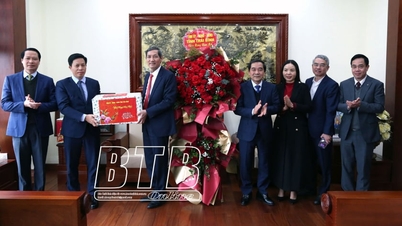
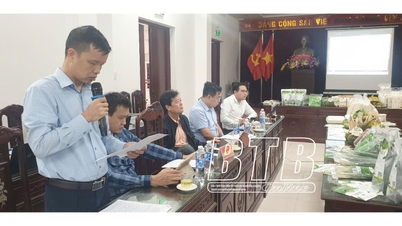


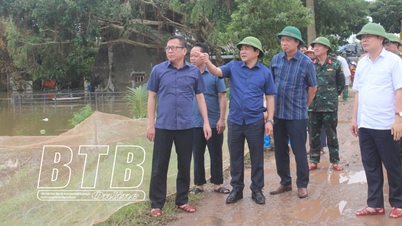
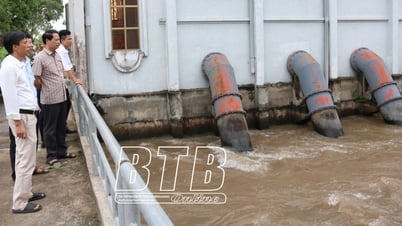
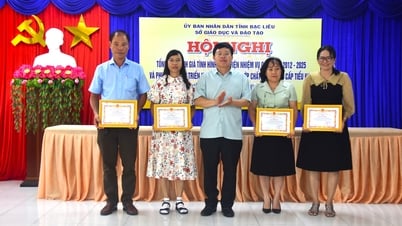



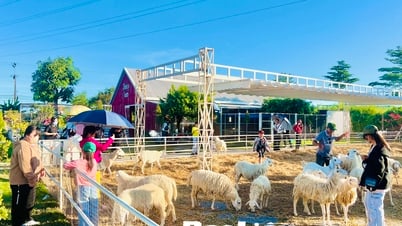





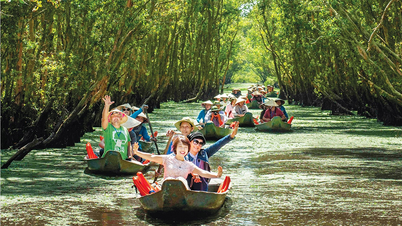

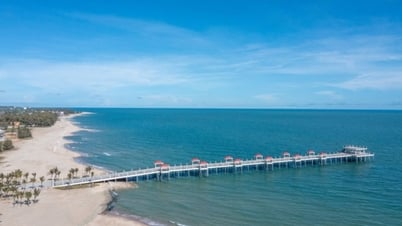
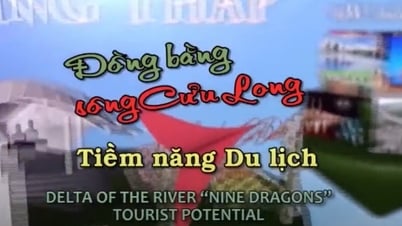

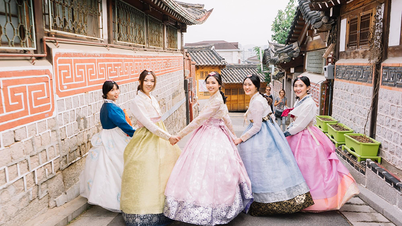











































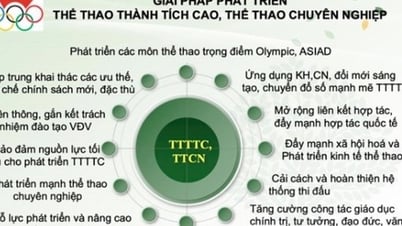


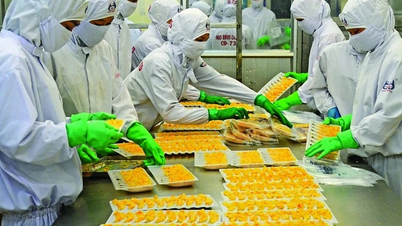




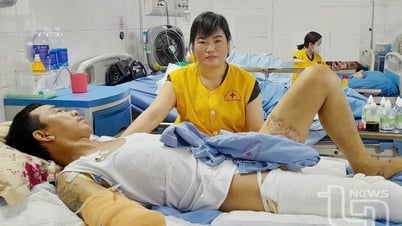



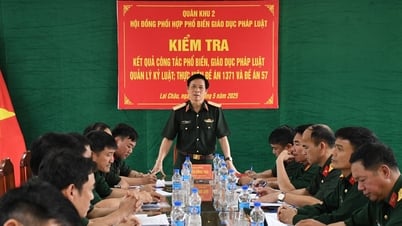

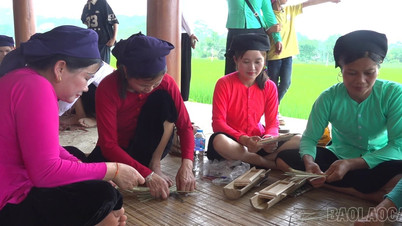











Comment (0)